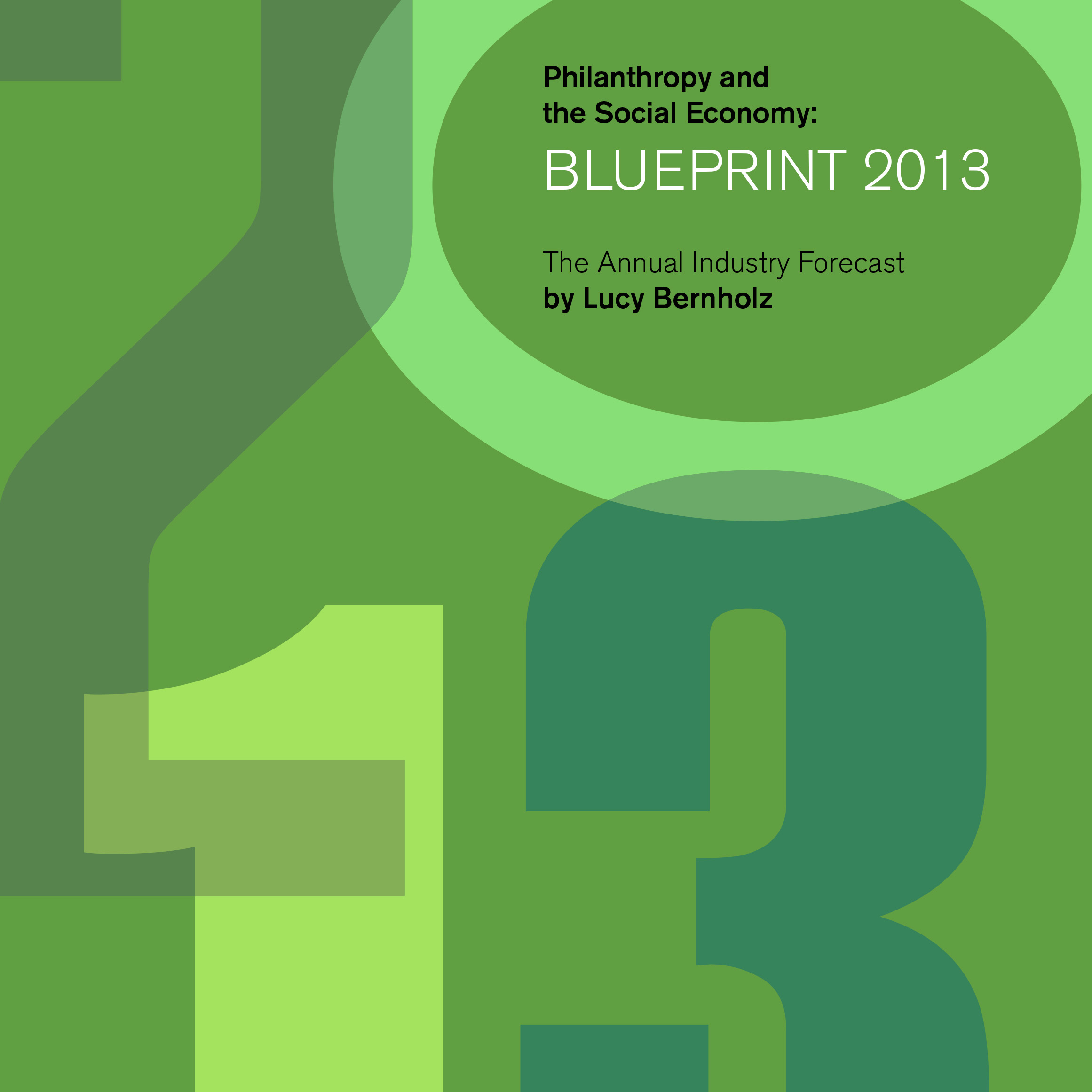No Moat Philanthropy Part 4: Beyond the Transactional
Jen Ford Reedy is President of the Bush Foundation. On the occasion of her fifth anniversary leading the foundation, she reflects on efforts undertaken to make the Bush Foundation more permeable. Because the strategies and tactics she shares can be inspiring and helpful for any grantmaker exploring ways to open up their grantmaking, we are devoting our blog space all week to the series. This is the fourth post in the five-part series.
We have a grantmaking model that is based on the belief that, if we do it right, we will create more good by what we inspire than by what we directly fund. Principle #4 and #5 of No Moat Philanthropy are directly related to this, how connecting and sharing with others can advance your foundation’s mission.
Principle #4: Value every interaction as an opportunity to advance your mission
Our tagline and our strategy are one and the same: We invest in great ideas and the people who power them. We know that the only way anything happens is through people. Any place or field, therefore, is limited by the ambitions and the skills of the people in it.
The Bush Fellowship has been a flagship program of the Foundation for decades. We hear repeatedly from Bush Fellows that the experience changed what they thought was possible in their life and career. With the Bush Fellows program as our source code, we’ve been working for the past five years to ensure that all of our programs have the same effect. How can we encourage people to think bigger and think differently? How can we be a force for optimism?
This notion of a foundation being a force for optimism is not an obvious one. After all, we mostly tell people no. Last year, 95 percent of people who applied for the Bush Fellowship did not receive one. We’ve worked diligently to make sure all applicant interactions with us are helpful and encouraging, regardless of grant or fellowship outcome. And our surveys suggest the work is paying off. For example, 79 percent of declined Bush Fellowship applicants said the process increased their beliefs that they can accomplish “a lot.”
“If we do grantmaking right, we will create more good by what we inspire than by what we directly fund.”
To have this impact with each applicant, we:
Operate hotlines to speak with Bush staff. For our open programs, we have established hotlines for potential applicants. We will speak with people as many times as they desire to provide coaching on their idea or proposal. For applicants, this is a way to clearly understand what we are looking for and to vet ideas with us. For Bush staff, this is a way to provide coaching and encouragement to strengthen proposals and to influence activities beyond those we fund.
Give feedback about declined applications. We offer feedback to declined applicants for our major grant and fellowship programs because we see this as another valuable opportunity to provide coaching and encouragement. We have also witnessed applicants using the feedback to improve their plans and proposals, which benefits both them and us. This two-way dialogue also allows applicants to share how we can improve the process for them.
Find ways to support declined applicants. In the course of our processes, we learn about far more amazing people and organizations than we can actually fund. Therefore, we try to find ways to be useful to more than just the limited number of accepted applicants. For example, we consider declined Bush Fellowship finalists to be part of our “Bush Network” and invite them to bushCONNECT. We also provide declined Bush Prize finalists with a $10,000 grant. In our hiring process, we offer unsuccessful finalists the chance to meet with our hiring consultant for an individual coaching session. In addition, across all our programs and operations, we try to craft our applications and our processes so that the experience of applying adds value to an applicant’s thinking and planning.
Every interaction is an opportunity to influence and be influenced. Every interaction is an opportunity for shared learning. And that brings me to our fifth and final principle…
Principle #5: Share as you go.
In the past five years, we’ve been working to get more of what we are thinking — and learning — out to the community. This has required adjusting our standards and prioritizing just getting something out, even if it is not glossy and beautiful. It has required a new, shared understanding with grantees and Fellows that their reports and reflections will be public, so as many people as possible can benefit from their experience. It has required designing our internal work — like strategy documents for the Board — with external audiences in mind so they are ready to share.
We believe that if we do it right, we can have as much and potentially more impact from sharing the stories and spreading the lessons from our grantees and Fellows as from the investments themselves. This belief is at the heart of all our communications (see learning paper: “Communications as Program”) and is also reinforced with specific tactics such as:
“We potentially have more impact from sharing the stories and spreading the lessons from our grantees and Fellows.”
Post grantee reports on our website. We introduced “Learning Logs” to make grant reports public, and we hope, to give them life and utility beyond our walls. We refer prospective applicants to relevant learning logs as they craft their proposals, and we hear from applicants that they have indeed learned from them. Grantees and Fellows also share that they read one another’s Learning Logs as a way to get new ideas for overcoming barriers.
Share lessons along the way. We are publishing learning papers (like this one) as we believe we have something useful to share. We intended this to lower the bar of who, when and how we share. Our learning papers are not beautiful. Most of them are not based on statistically significant evaluation methodologies. They simply document a staff effort to process something we are working on and to share our reflections.
Tie evaluation to audience analysis. We invest heavily in external evaluations of our work, but in doing so we have found that the end-product is often only useful to our staff and key stakeholders. Consequently, we introduced a different approach to thinking about evaluation with a sharing mindset. We use a framework to identify the audiences who might care about or benefit from the lessons of an evaluation, what questions are relevant to each group, and what form or output would be most useful to them.
Webinar to the max. Webinars are not a particularly novel activity; however, we view them as a core tool of permeability. We host a webinar at the beginning of every application period for Grant and Fellowship programs to explain the process and what we are looking for. We also host them when we have a job opening to discuss the role and what it is like to work here. We host them annually for our Foundation initiatives to explain what we are up to and where we are headed. Most webinars feature a staff presentation followed by an open Q&A with videos archived on our website for anyone who missed it.
If you’ve been reading this series all week, you might be wondering when I’m going to get to the downsides of No Moat Philanthropy. All new approaches have their pain points. So, come back tomorrow and I’ll share our pain and why we believe it is worth it.
--Jen Ford Reedy


